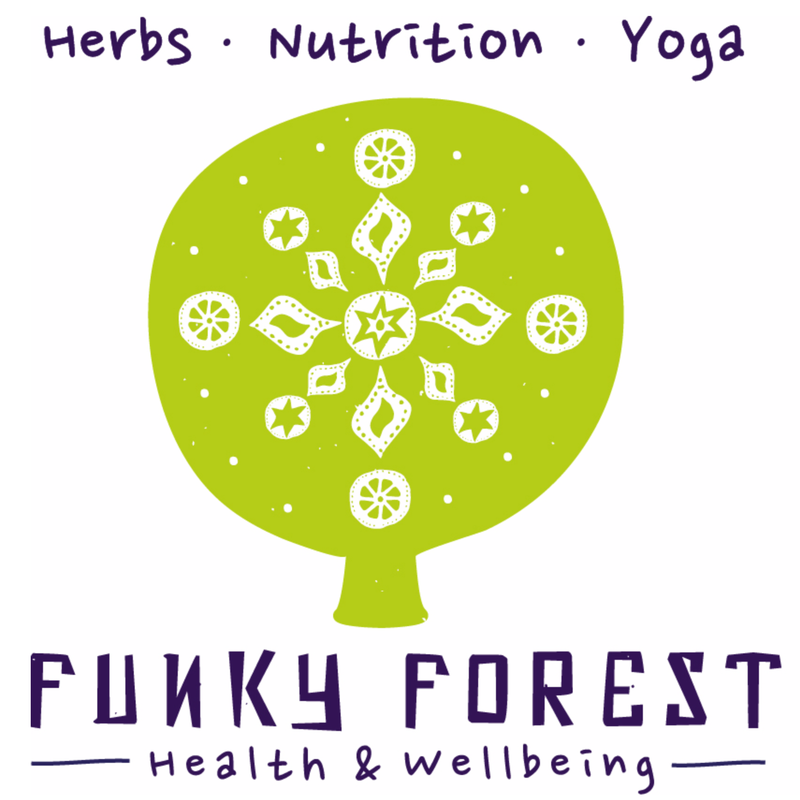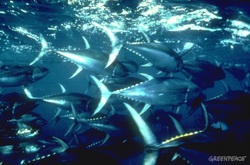
Although fish is a dietary source of Omega−3 essential fatty acids, fish do not synthesise them, but instead obtain them from the algae (microalgae in particular) or plankton in their diets - and we can do the same by consuming spirulina and other plant based foods.
Flaxseed (or linseed) and its oil are perhaps the most widely available plant-based source of the Omega−3 fatty acid ALA. Flaxseed oil consists of approximately 55% ALA, which makes it six times richer than most fish oils in n−3 fatty acids, something to keep in mind when wondering where you vegans will get your Omega-3s from! hempseeds and chia seeds are also very high in Omega-3s.
I sometimes encourage people who can't bear to part from a flesh-centric diet to use fish as a way to bridge the gap from mainstream eating to cleaner eating. Fish can be a healthier option for many people practising a cleaner way of eating by transitioning away from the more antibiotic- and hormone-laden meat of farmed land animals, and dare I say, can stay in the diet in the longterm if consumed properly, sustainably and in moderation.
Mercury for dinner?
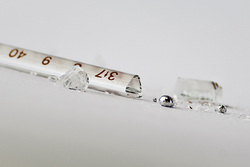
When we eat fish we’re putting into our body what the fish are feeding on, and considering biomagnification of toxins such as pesticide run-off and heavy metals, it's ideal to use your hand as a gauge when at the seafood market. If the fillet off the WHOLE fish is the size of your entire palm (including fingers), the buildup of heavy metals and other pollutants is minimised. In short, go for smaller fish if you eat fish at all.
Sexy, sexy Omega-3s
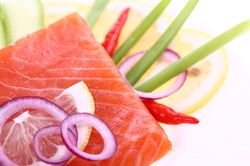
One of the most widely available dietary sources of two important types of Omega-3s (EPA and DHA) is cold water oily fish, such as salmon, herring, mackerel, anchovies, and sardines. Oils from these fish have a profile of around seven times as much Omega−3 as Omega−6, (the latter being the fatty acid we tend to get far too much of in a standard western diet at the expense of Omega 3).
Sustainable choices
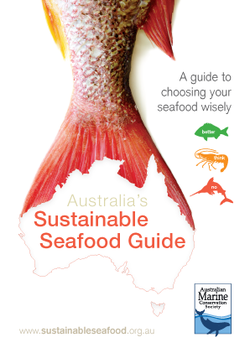
* Atlantic Salmon - Also known as Tasmanian Salmon, Salmon and Smoked Salmon
* Tuna - Southern Bluefin, Bigeye and Albacore
* Yellowtail Kingfish
Yes, you may have already noticed - these are all the species used in sushi and sashimi restaurants!
In addition, according to Australla's Sustainable Seafood Guide, NO farmed fish species are truly sustainable. The majority are farmed in sea cages which is pretty nasty due to the environmental impacts of farming operation, and there are concerns about the potential for pollution and fish escapes into the wild from sea cages. For carnivorous fish such as salmon and trout, there is a massive reliance on catch of significant quantities of small fish from near the base of the food web to supply feed for this industry.
So your worst choice in terms of biomagnification as well as environmental degradation would be farmed barramundi, farmed salmon, farmed trout - yes, the varieties that are most available from Coles and Woolies! D'oh!
The Australia's Sustainable Seafood Guide is a great little handbook to keep with you when buying fish - whether it's wild, farmed, or freshwater fish. For the record, my picks of the most sustainable as well as minimally toxic seafood are:
* Australian Herring
* Bonito
* Leatherjacket
* Wild Australian Salmon - get your Omega 3s and eat it too
* Wild bream, trevally, whiting and tailor
So for the fish-loving yet environmentally conscious diners out there, aim for the most suatainable, high quality, and smaller fishes, and don’t eat it more than two to three times a week.

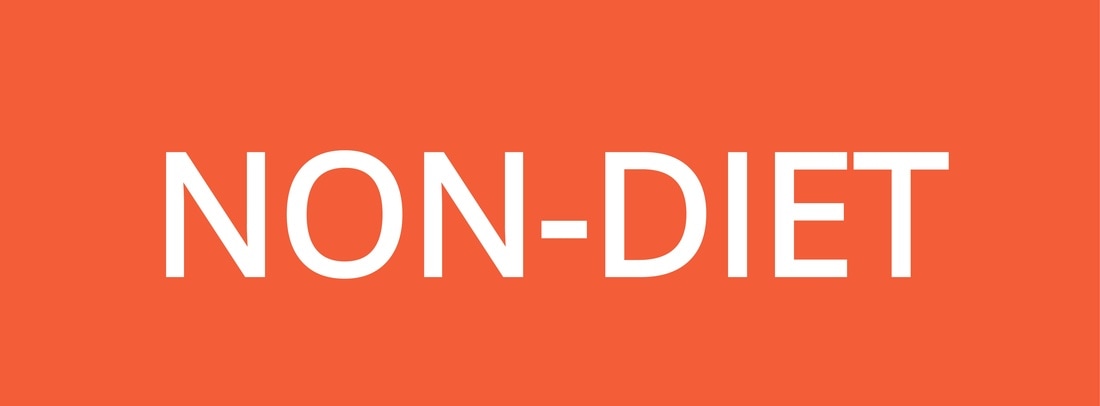


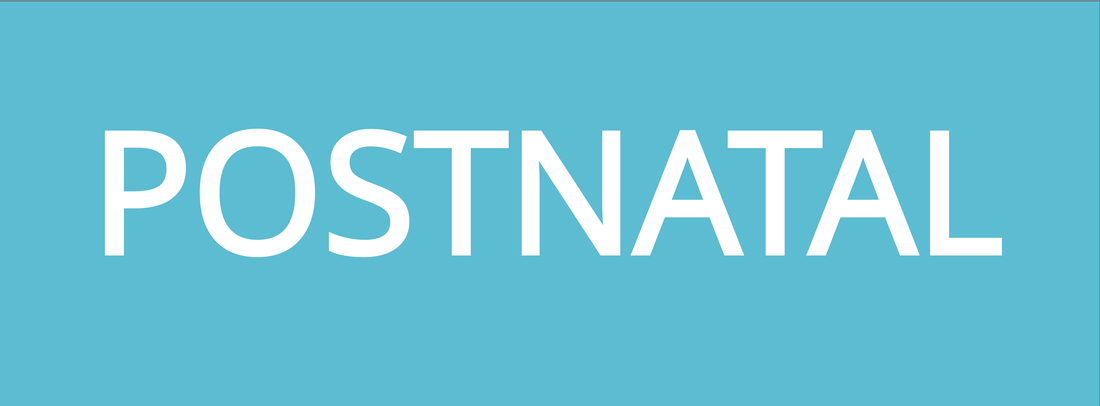


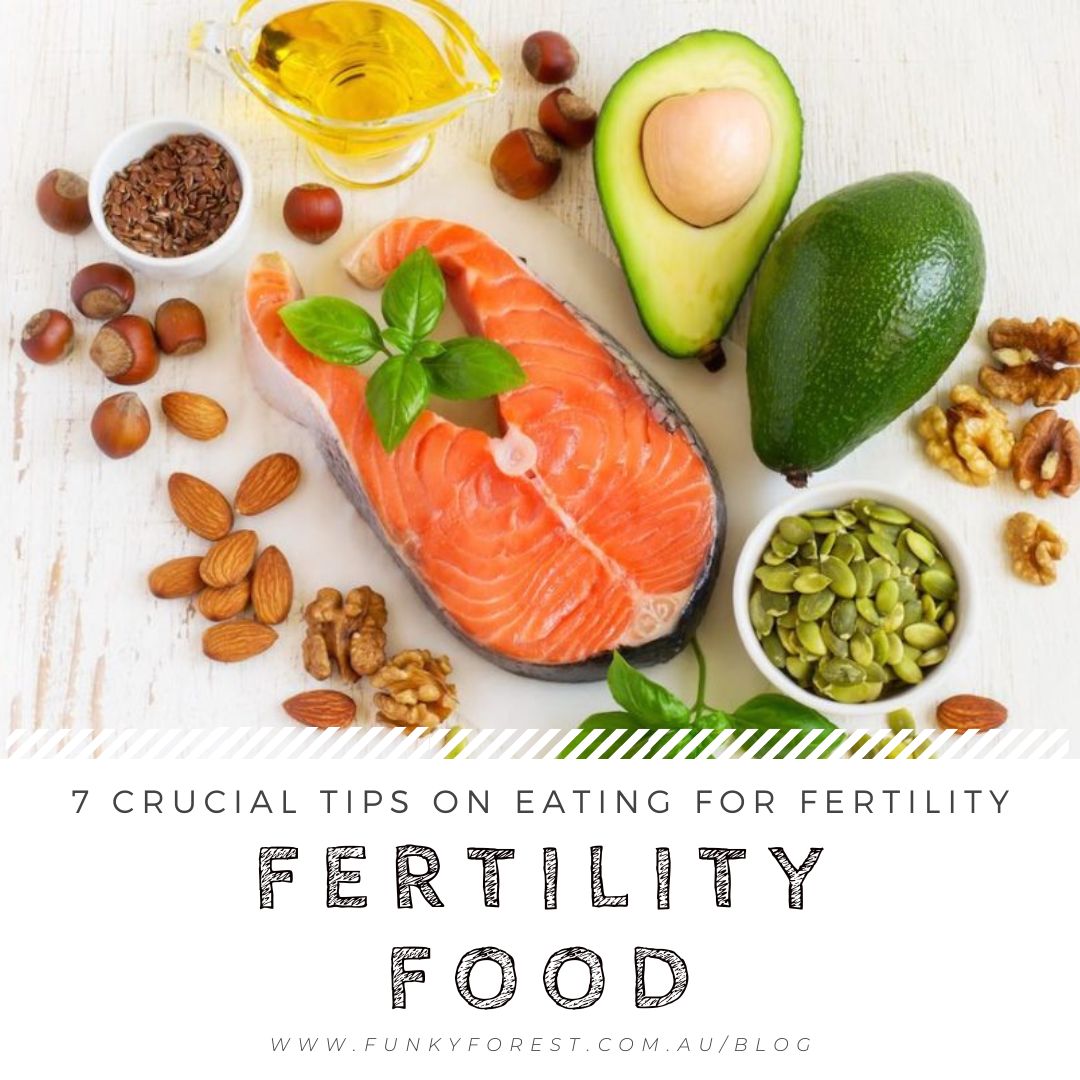
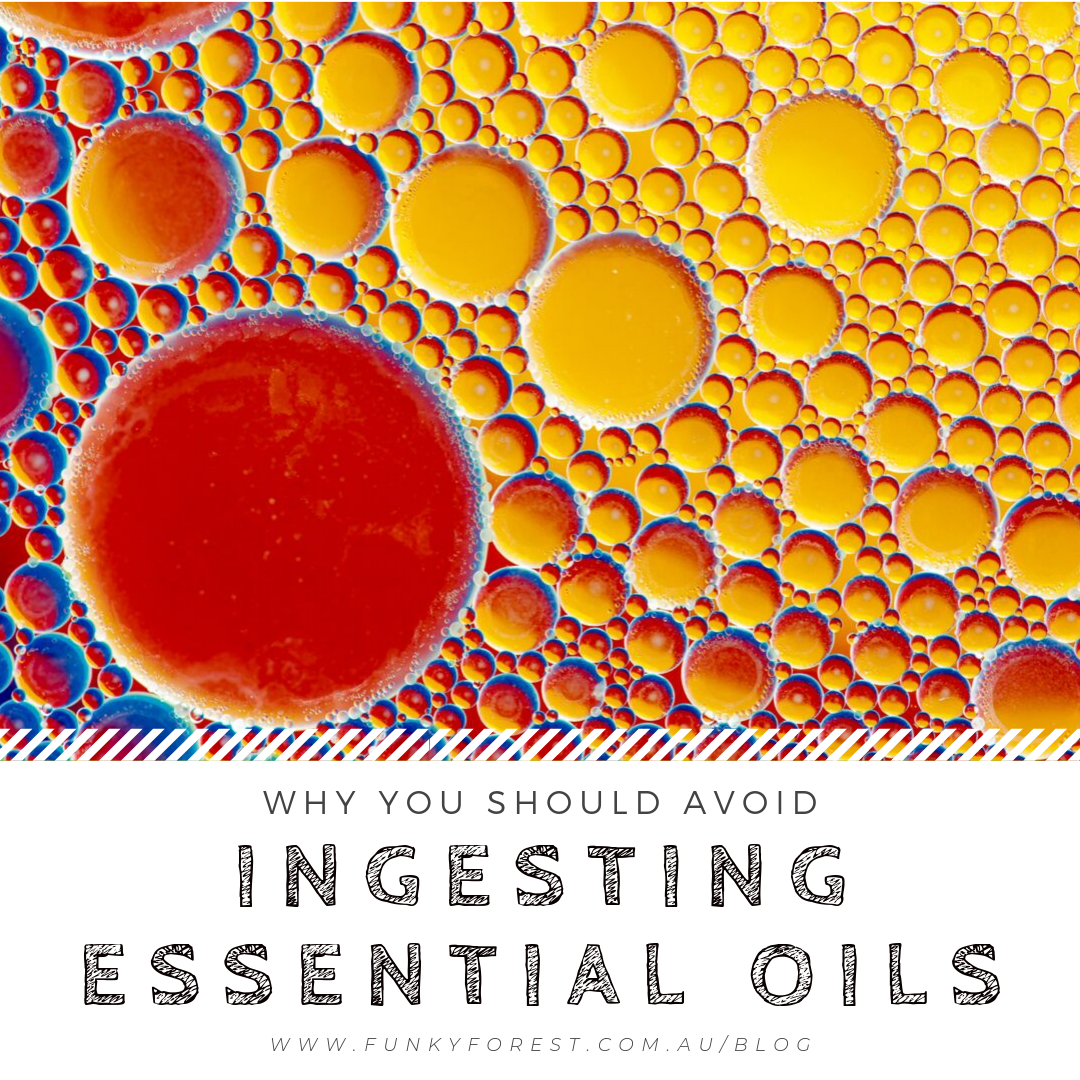
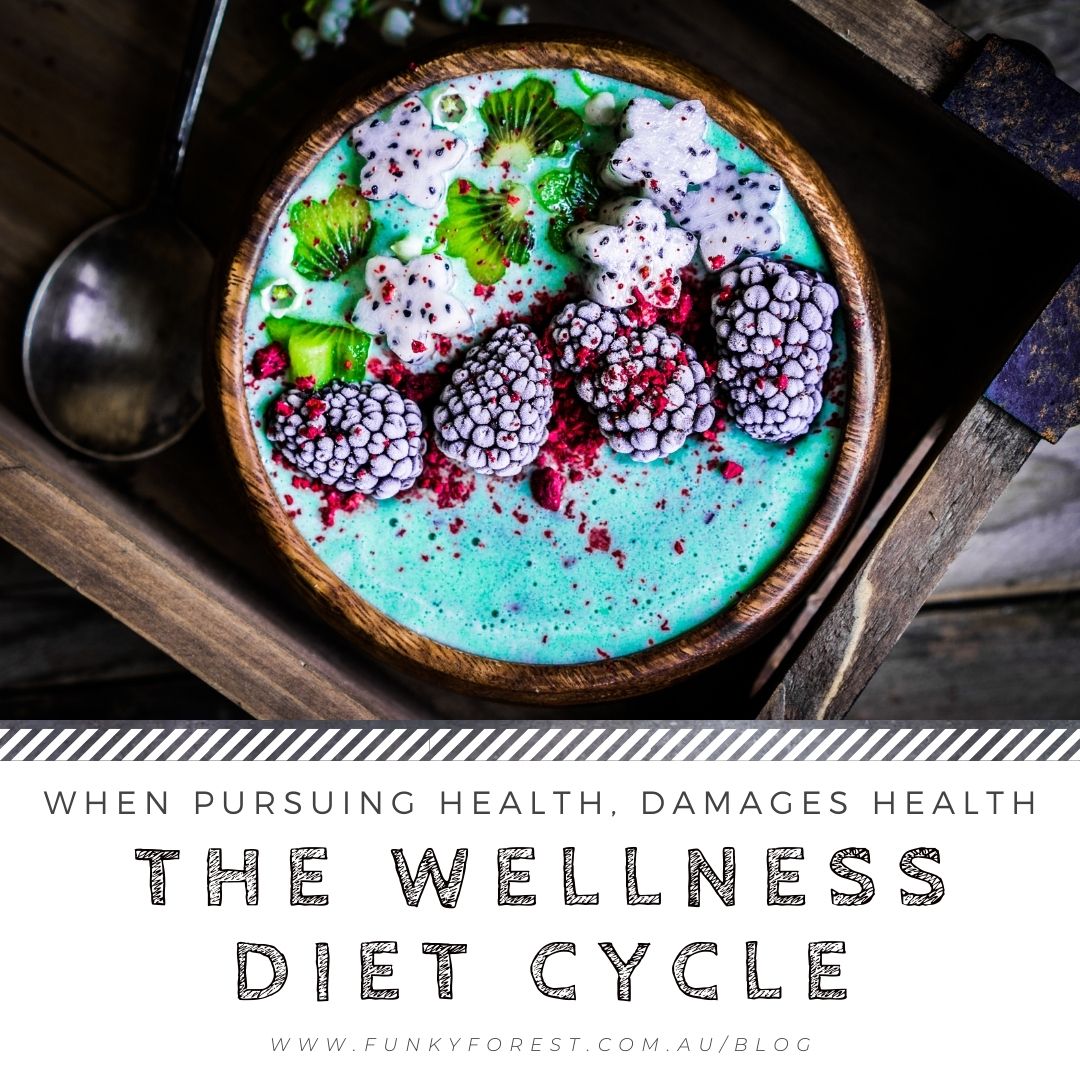
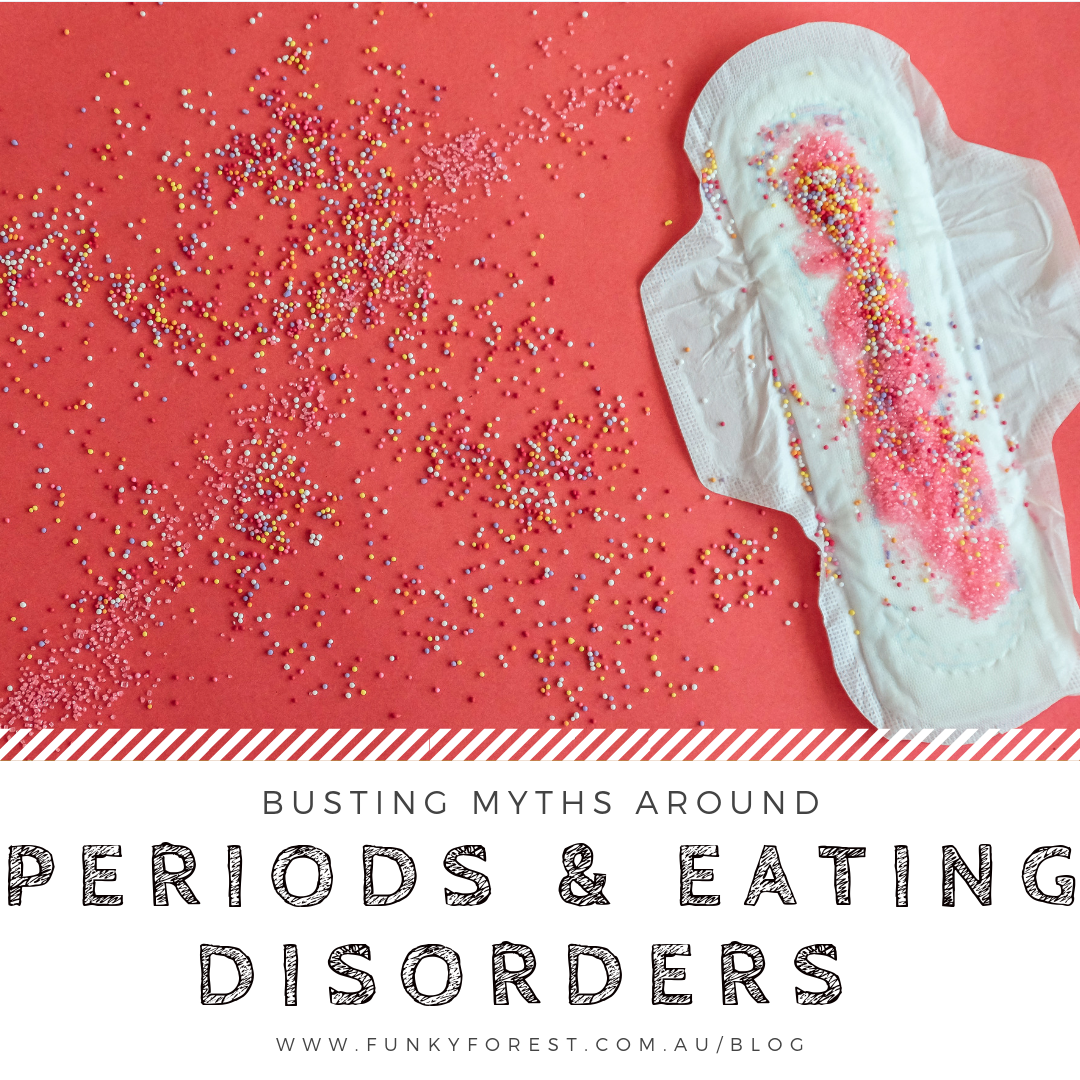
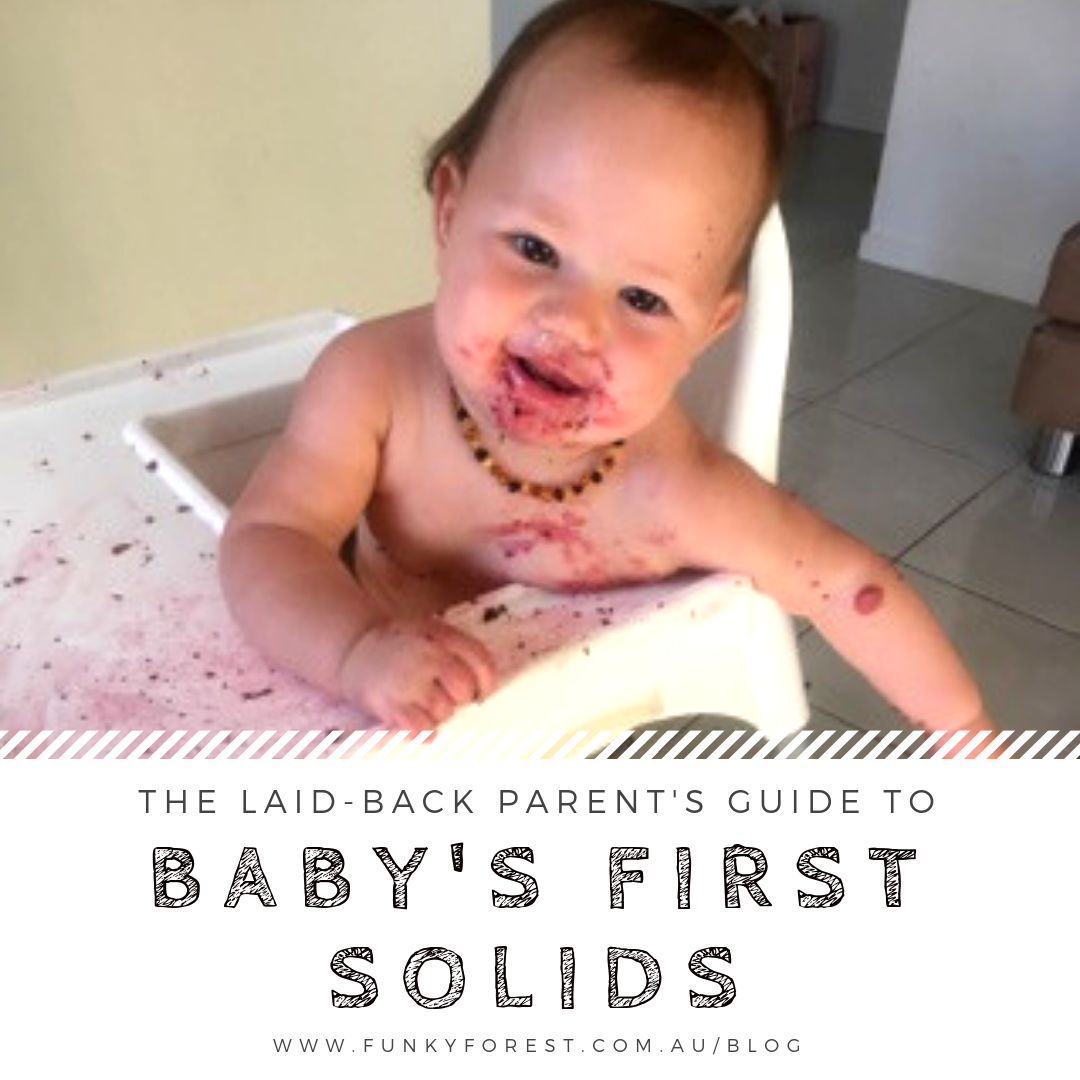

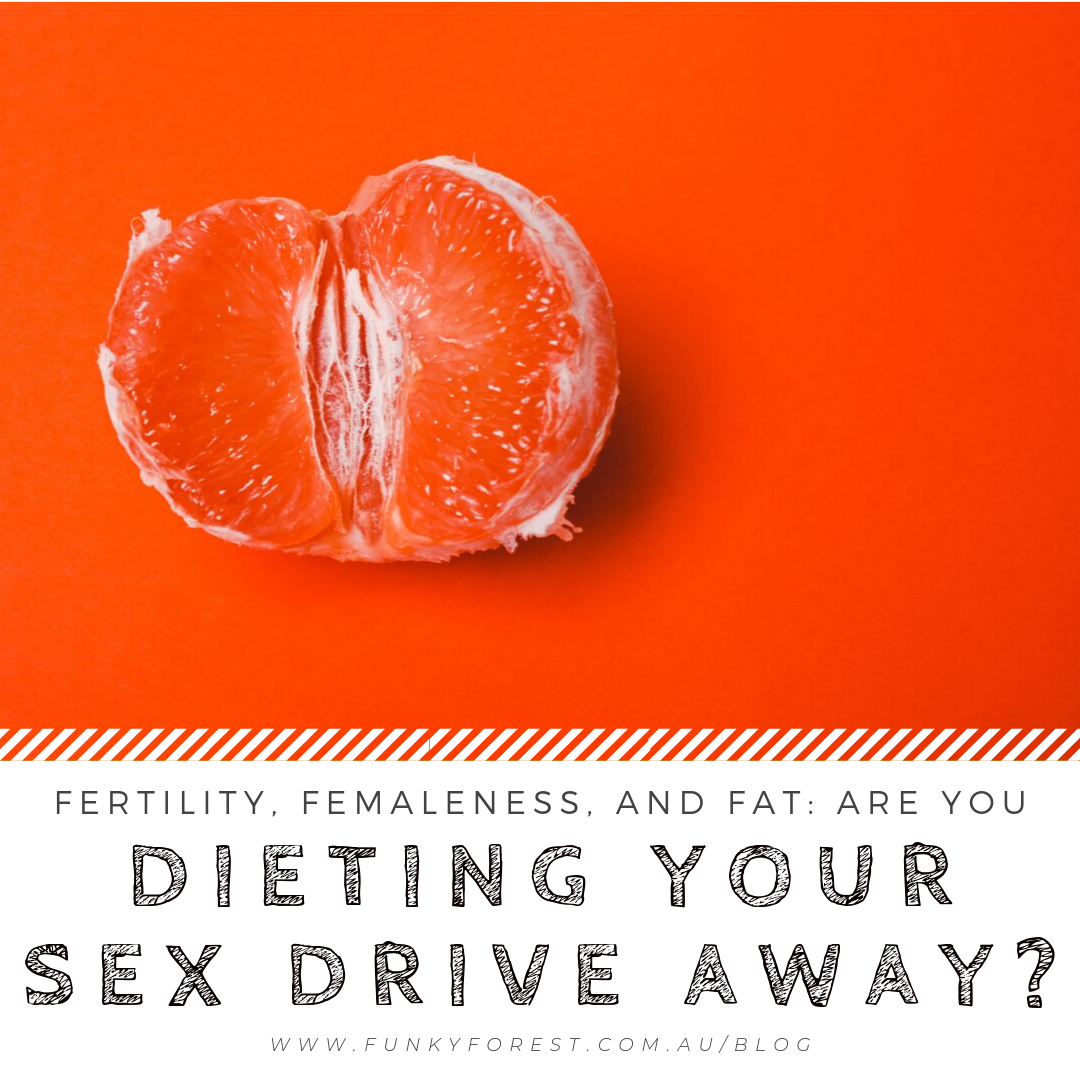


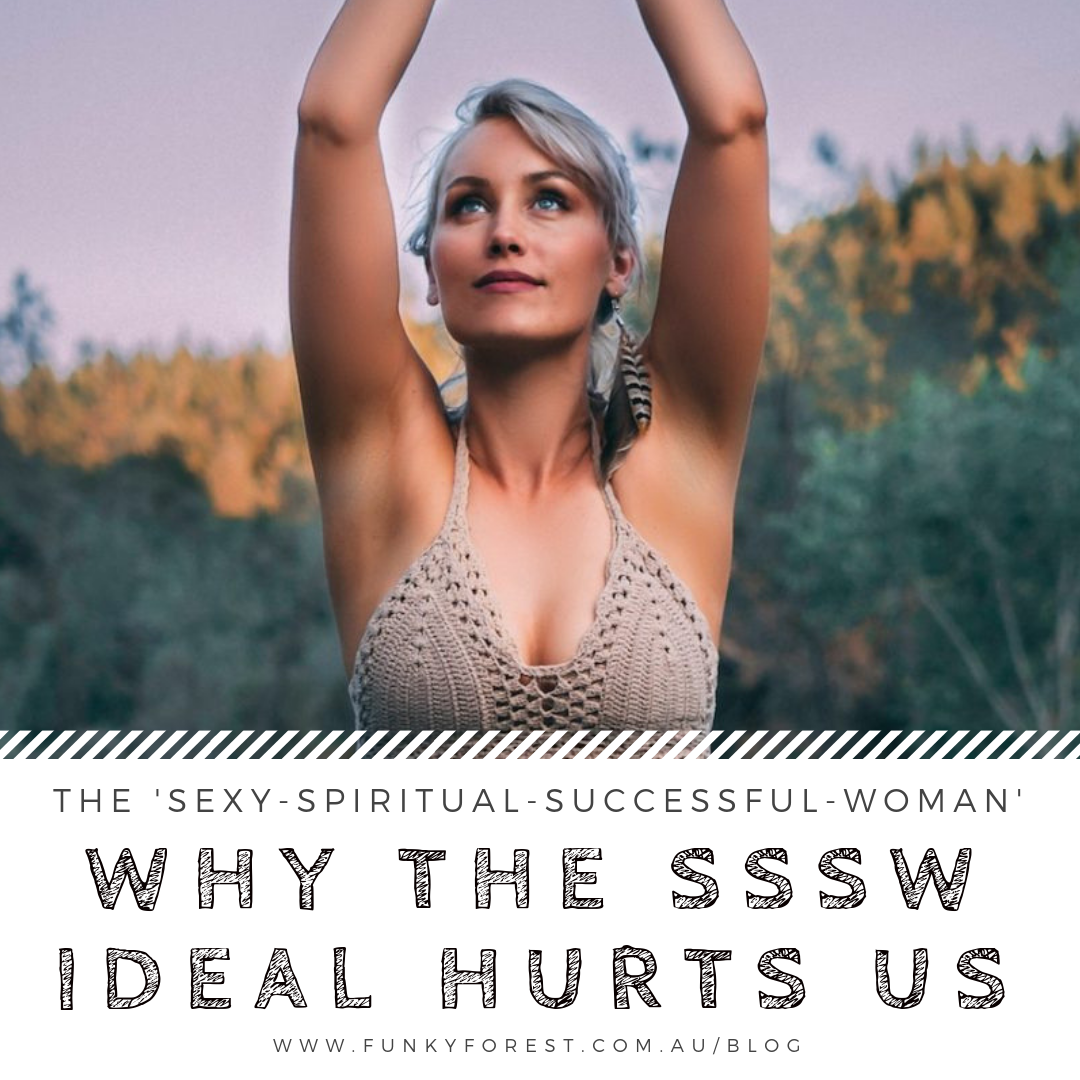
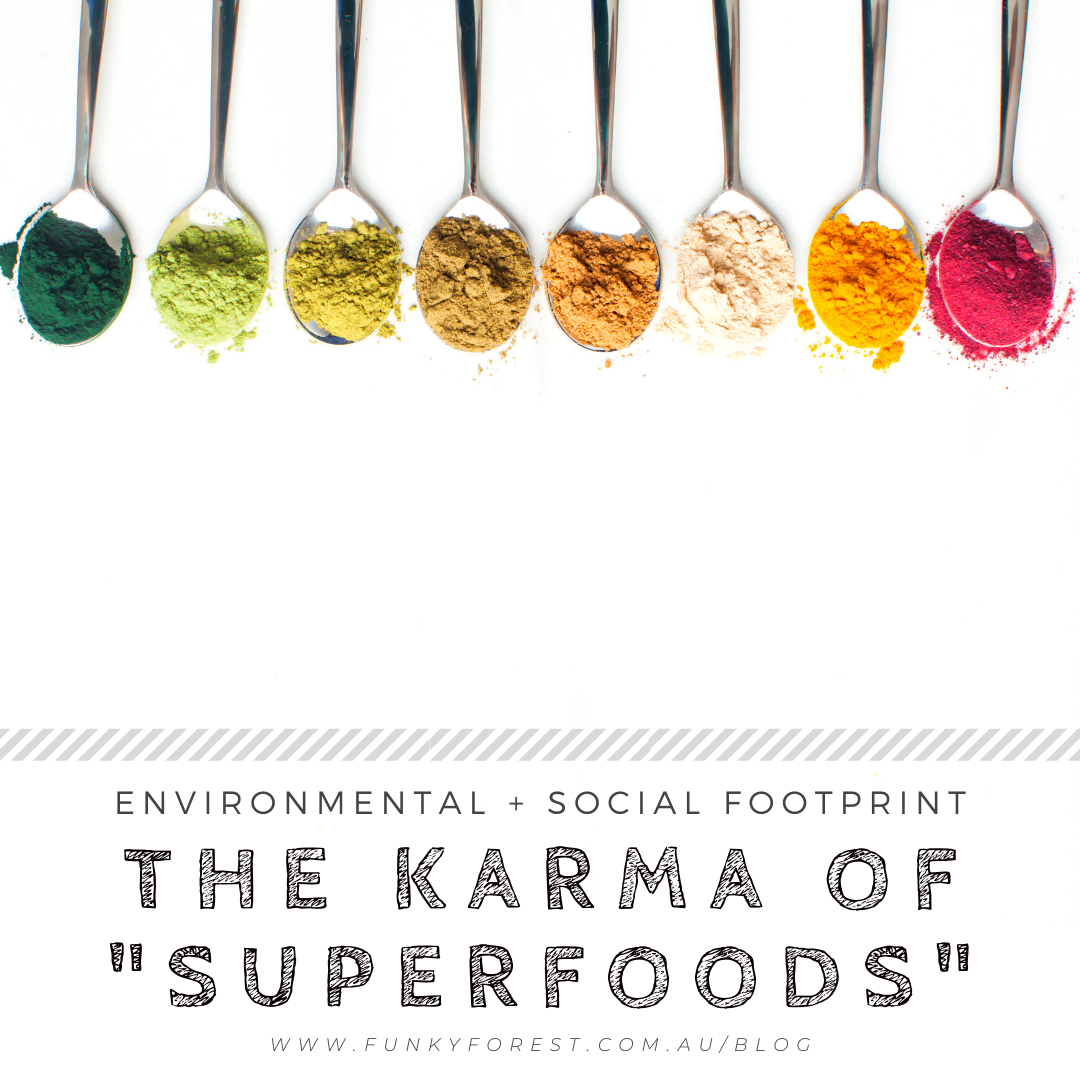
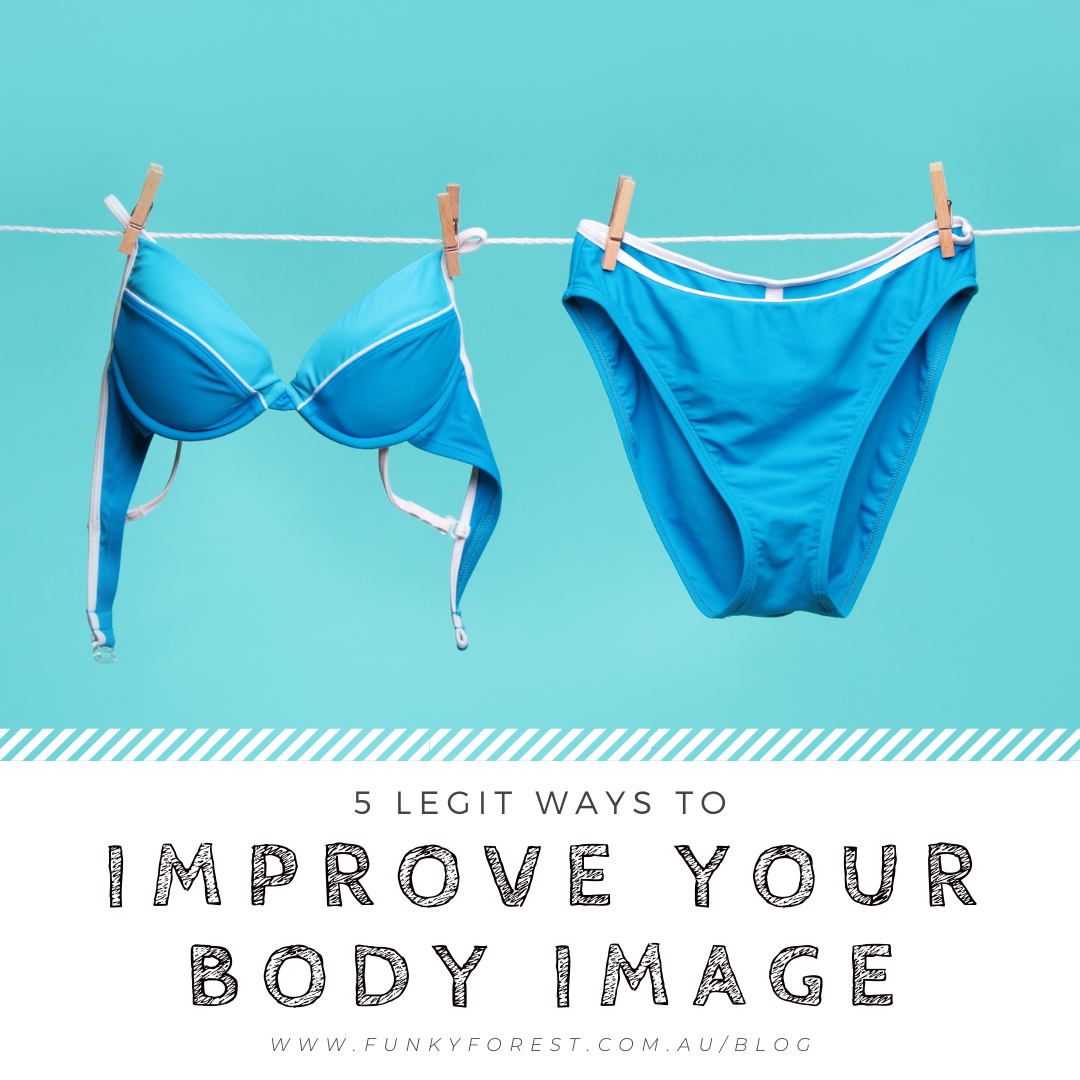

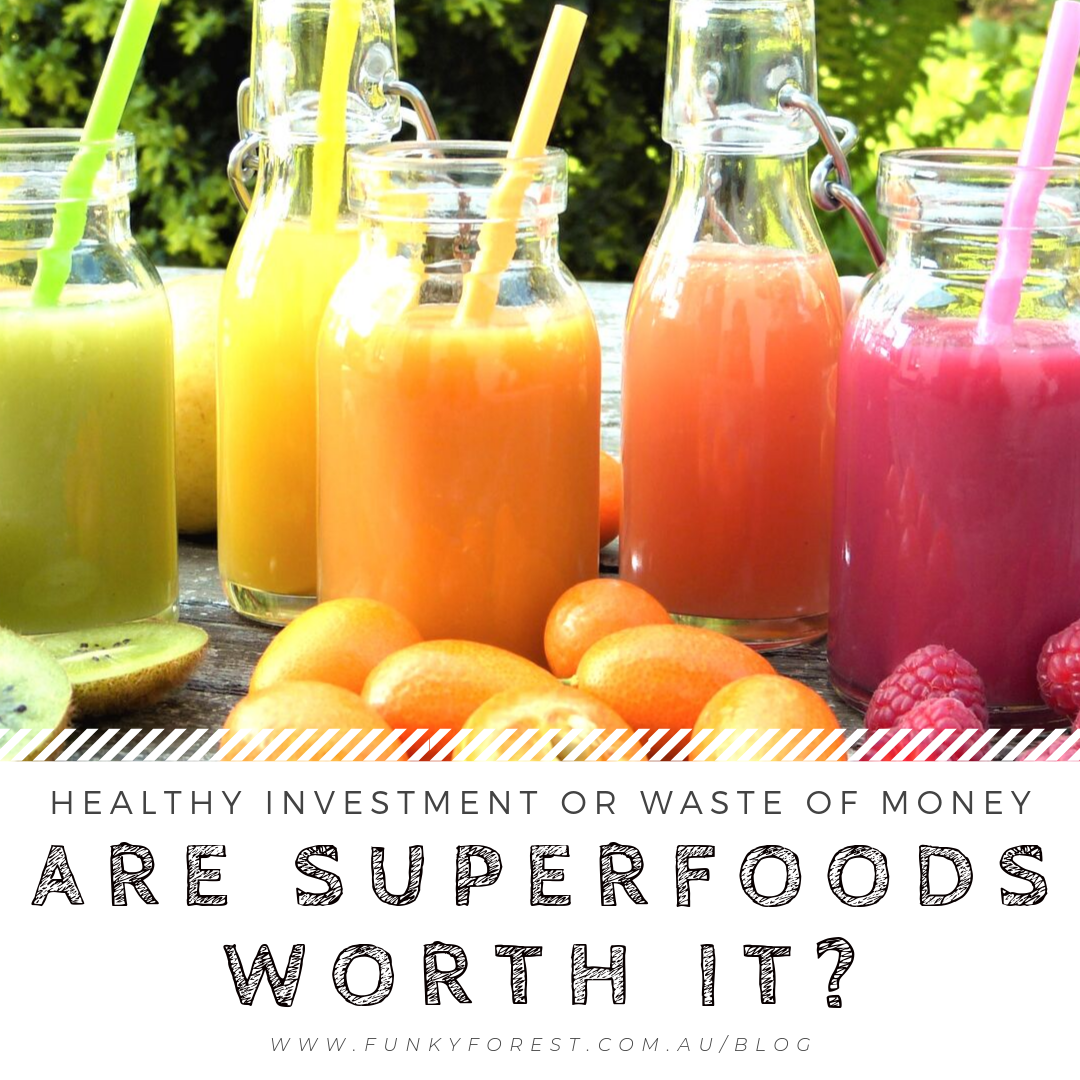

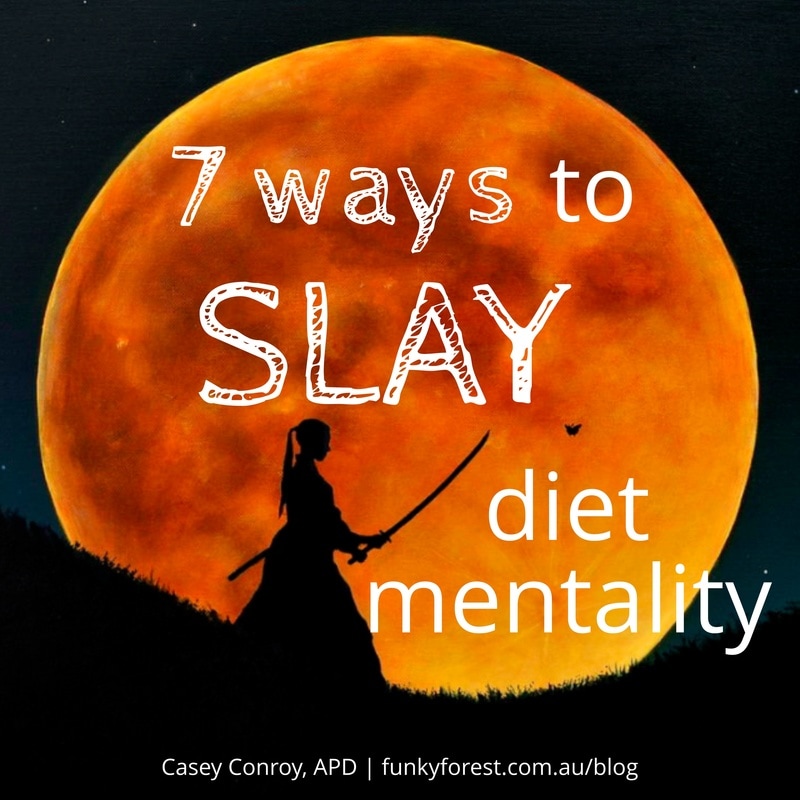
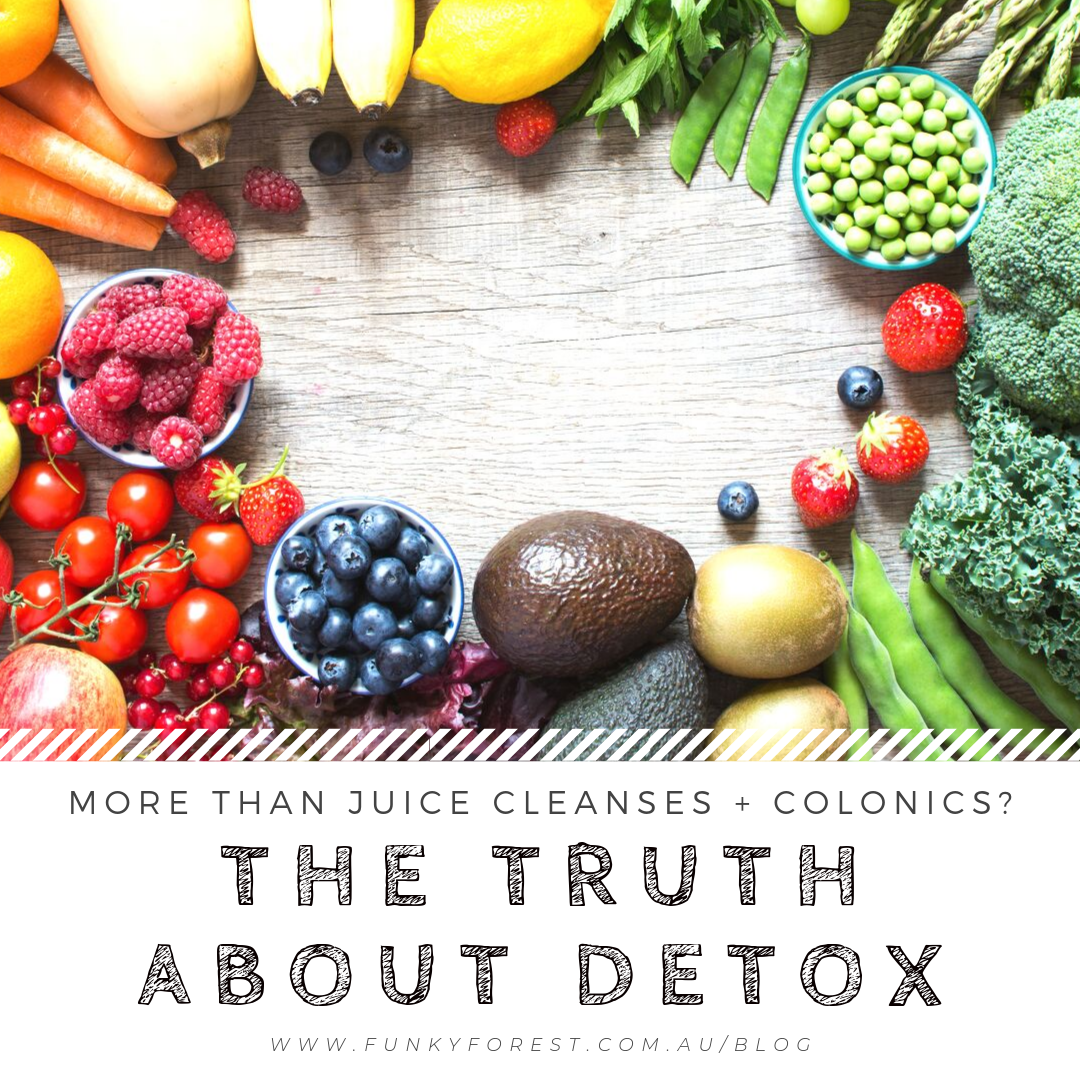
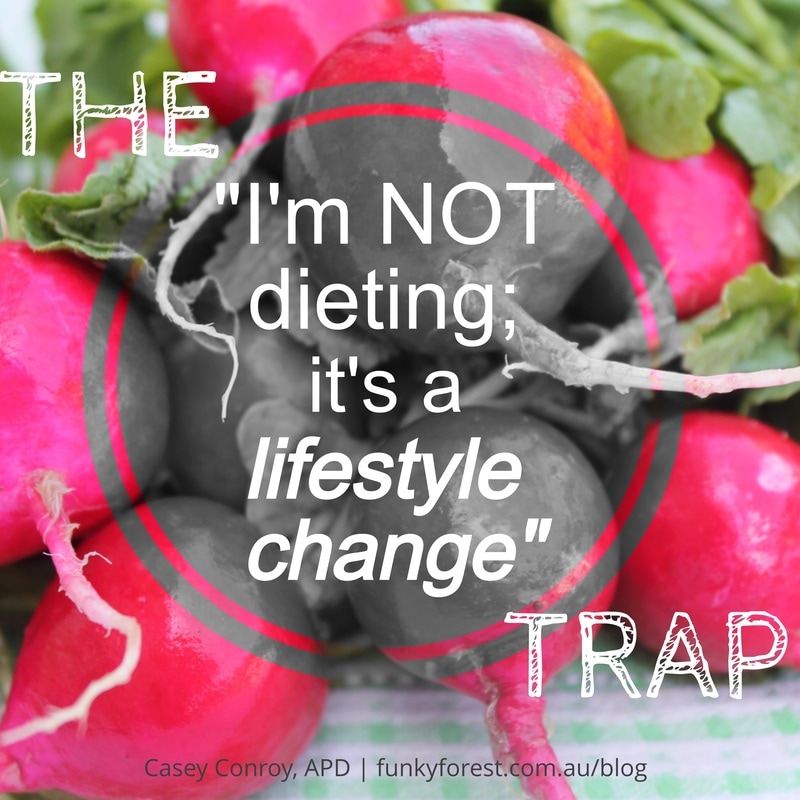
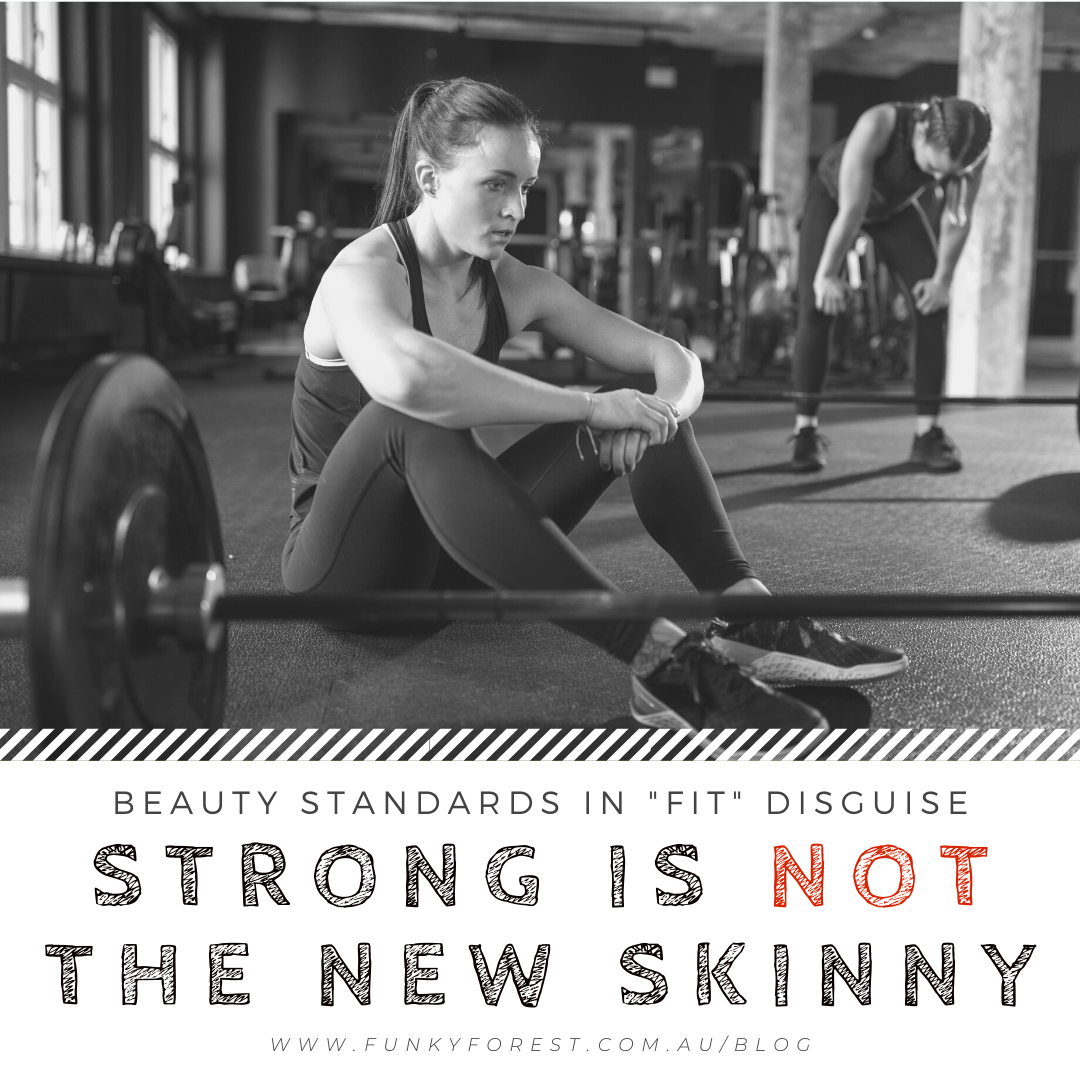
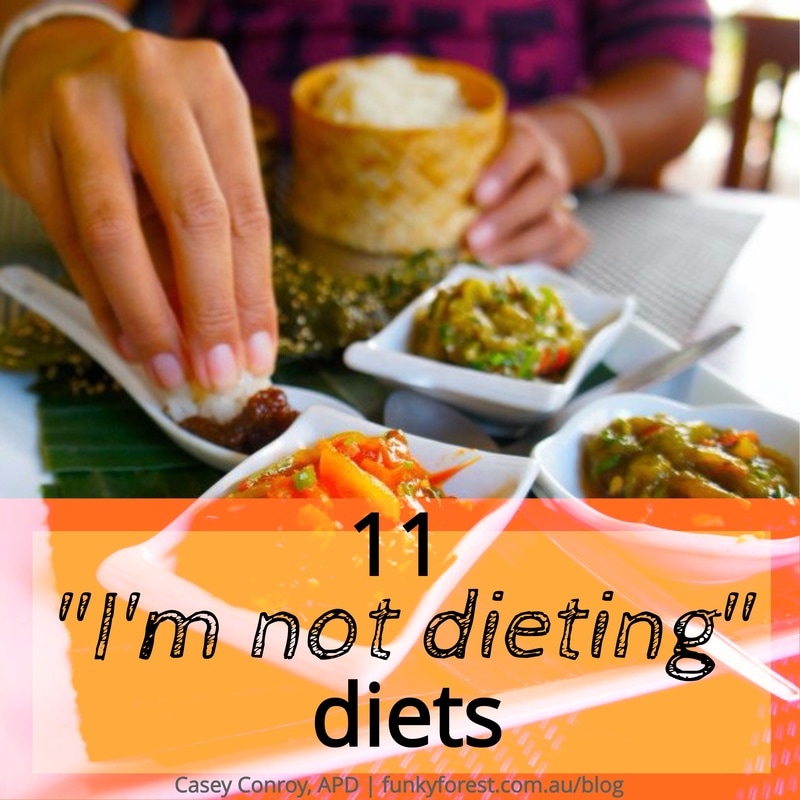
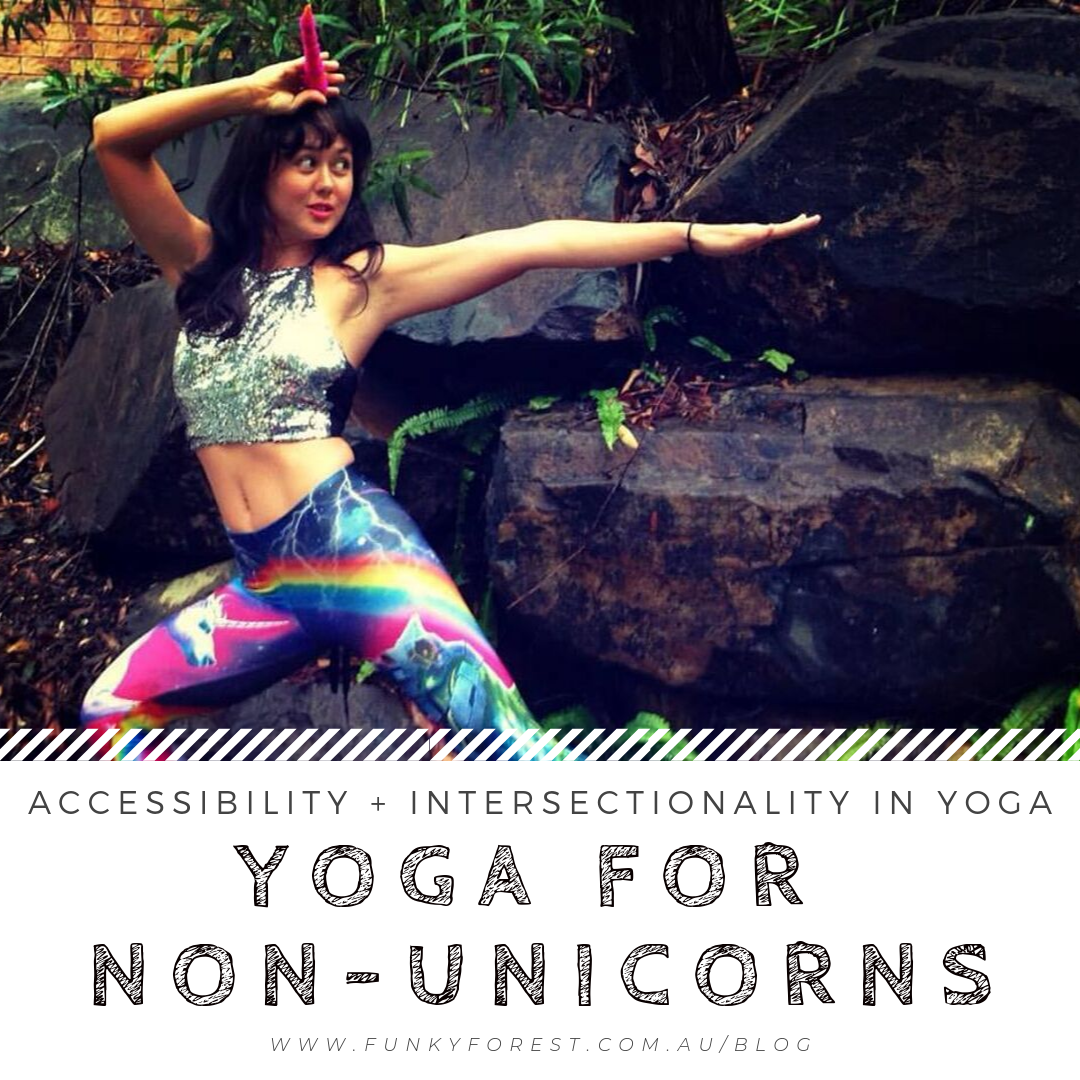
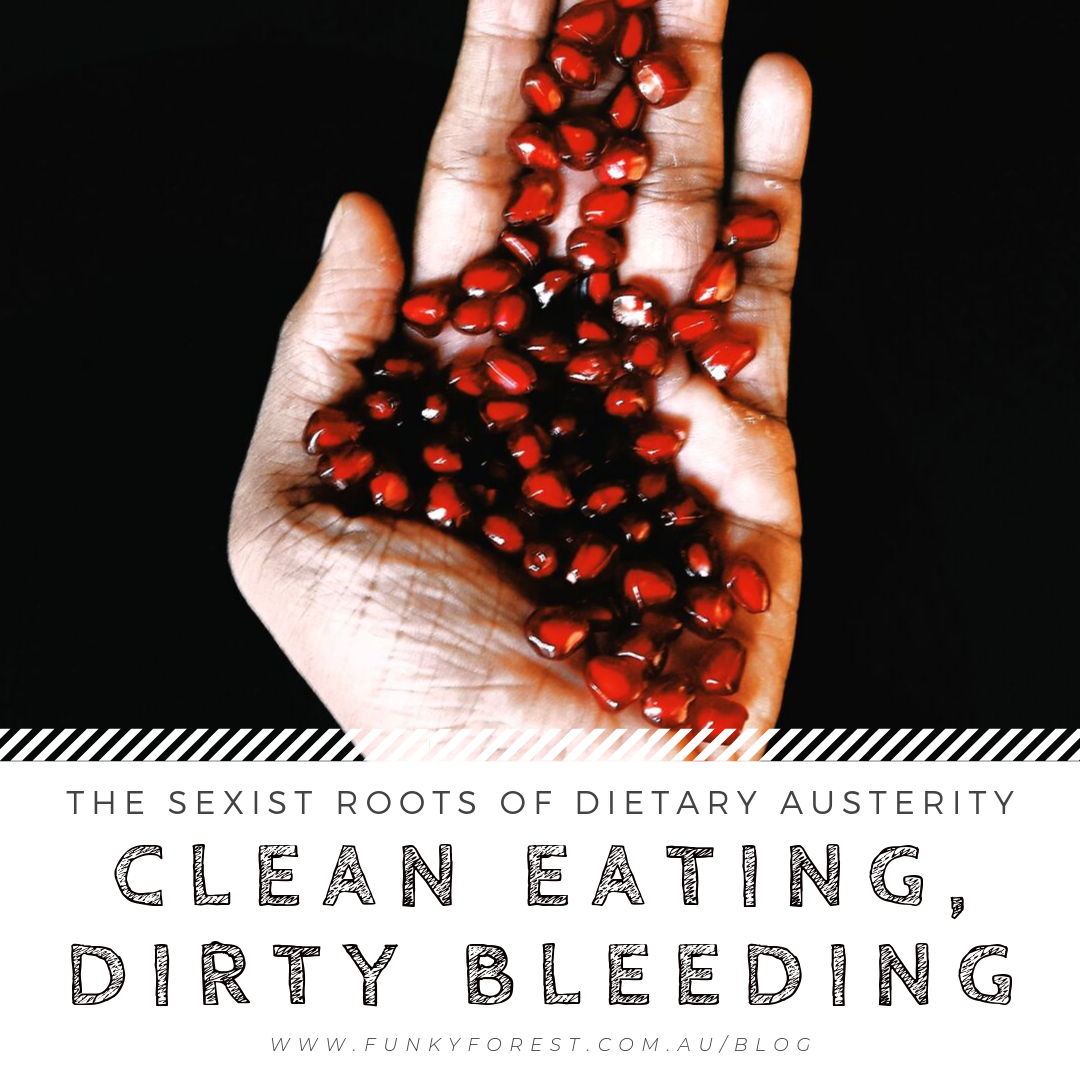
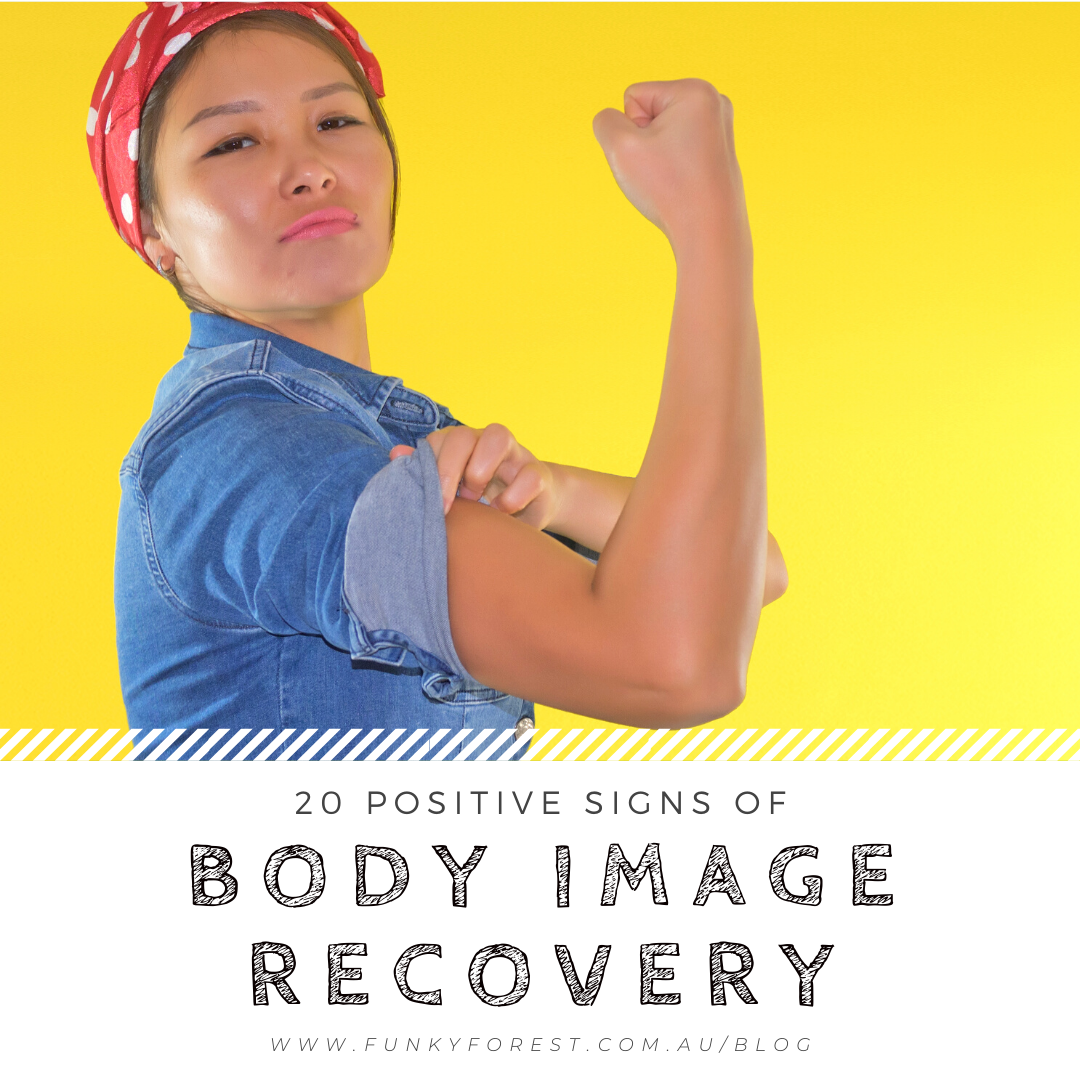
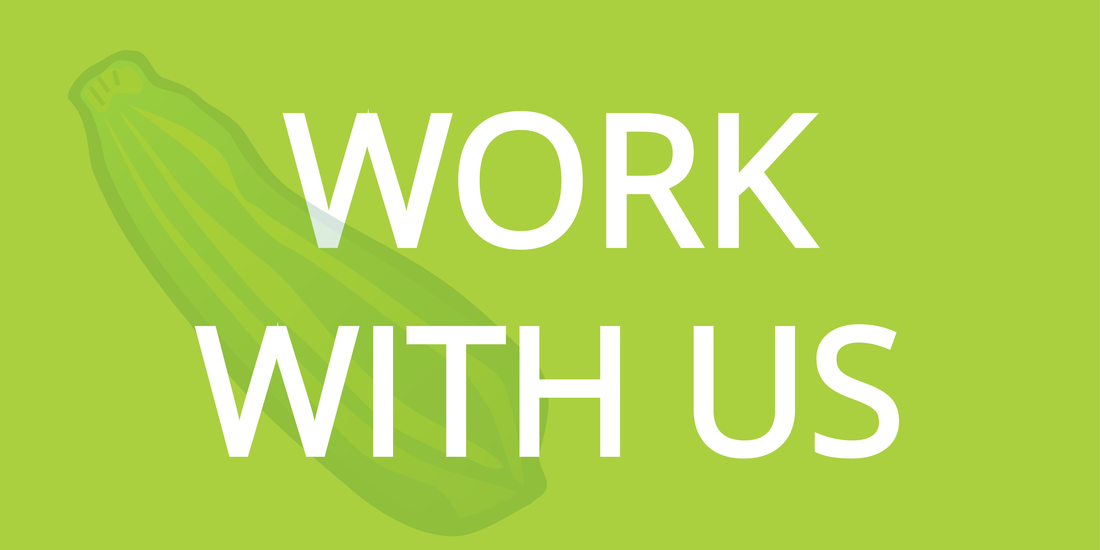
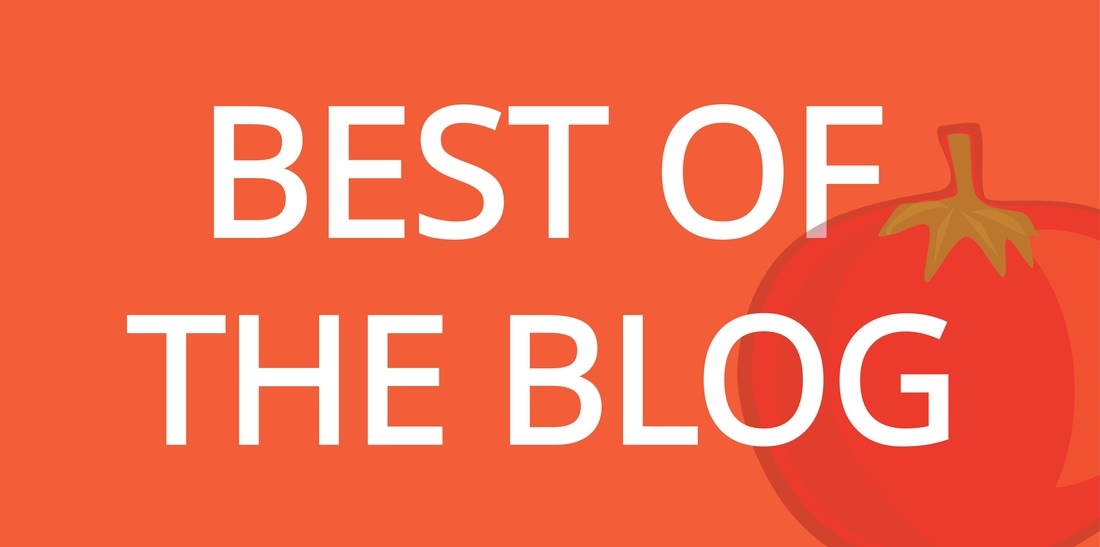

 RSS Feed
RSS Feed



